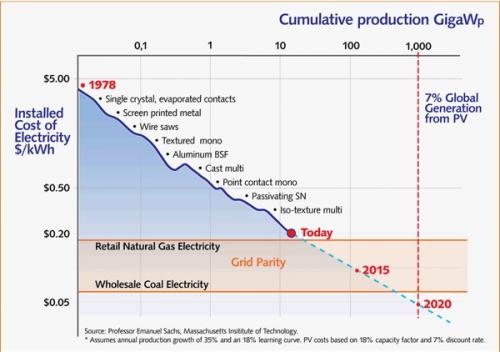In the childhood, almost everyone loved flying kite. NASA is bringing the childhood memories live again with their new airborne wind power system which incorporates the simplest technology of flying kite. Though it is an under-developing project but the test result of the prototype is very promising. The successful implementation will add a new phase in the evolution of renewable power generation. It will lead us to produce more efficient and sustainable energy.
The idea is unique & more interestingly very much simple. Wind power was stuck mostly on tower-based wind turbine mounted on the ground. NASA engineers actually focused on the tip of the blade of the turbine. It’s basic that the faster wind turbine’s blade spins, the more you will get energy. And if you move away the blade from the main centre in the air the tip of the blade will travel faster, generating more power.
According to David North, an engineer at NASA’s Langley Research Center in Virginia, “What if I had a machine that was just the tip of the blade? That’s really the idea of airborne wind energy—get rid of 400 tons of tower and concrete, and just fly the blade tip. Basically, it’s flying kites to create power.”
The engineers came up with two types of airborne wind-power system solution. One is generating power via a set of turbines built into the kite itself which is known as “flygen.” Another one is like the generator is based on the ground and the kite is tethered and will be powered by the reeling out of the tether as the wind catches the kite.
As much as up to 90% net energy gain can be achieved in the energy production by this system & the other 10% is the loss which is much more energy efficient than existing ground based wind turbine. The later system is integrated with pattern recognition software similar to the Microsoft’s Kinect. It helps establish the situation of the kite. North said, “It is pattern recognition software. The software is basically determining where the kite is, how the kite is oriented and how fast the kite is going, and using all that data to feed into the flight-control system.” Actually it’s a flight-control system that keeps the kite in the air flying in a figure-8 pattern.
The prototype of NASA has a wingspan of over 10 feet. As I told earlier, it generates more electricity when wind turbine blades are further from its hub and spin faster. The perfect height for generating highest power is around 2000 feet above the sea level. The agency is also seeking permission to test the prototype airborne wind-power system at an altitude of 2,000 feet above sea level.
The main advantage of the airborne system is that if high altitude can be achieved where the wind blows faster and more steadily boost up the production. Moving twice as fast produces eight times the power. Moving three times as fast produces 27 times the power.
Several private companies are trying to get airborne wind energy ready for market. NASA’s contribution focuses on two aspects of the technology: autonomous flight control and aerodynamics. This technology will highly helpful in military during the long time war or in the temporary military bases as fuel is risky & costly.
Thanks NASA
[ttjad keyword=”solar-device”]




